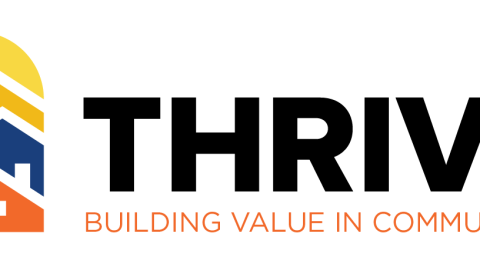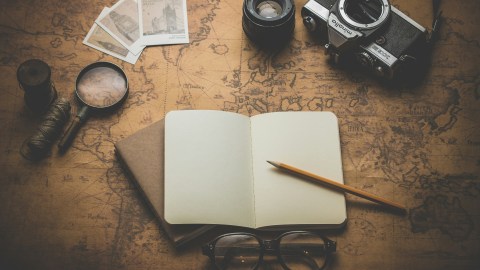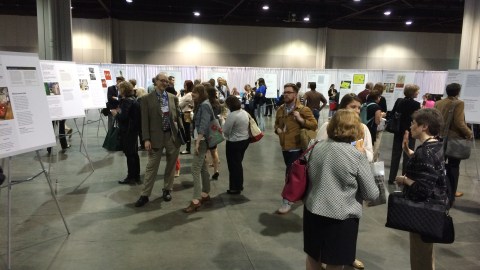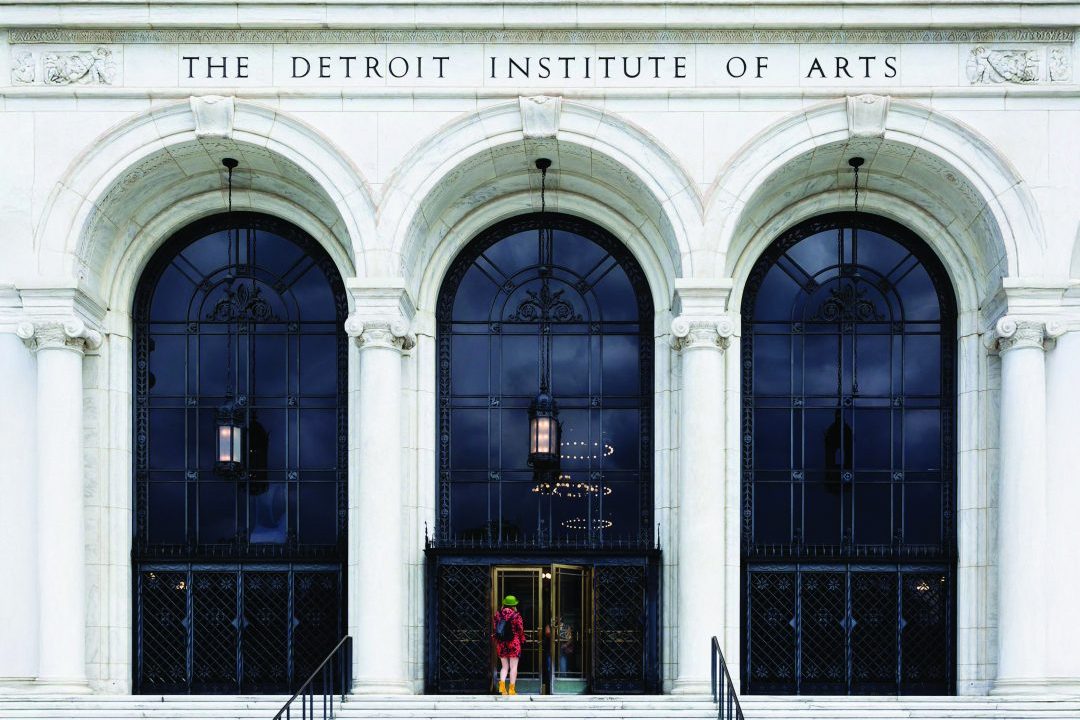
The Detroit Institute of Arts’ journey to expand accessibility has been decades-long and is still ongoing.
This article originally appeared in Museum magazine’s March/April 2025 issue, a benefit of AAM membership.
How does a large encyclopedic art museum, or any museum, begin working on accessibility and sustain momentum?
This has been a central question for staff at the Detroit Institute of Arts (DIA) for over 20 years. Expanding accessibility requires an ongoing, institution-wide effort; it’s not a one-and-done project to be managed by a few staff members.
Like many US museums, the DIA began addressing accessibility improvements following the passage of the Americans with Disabilities Act (ADA) in 1990. By 1999, the museum had incorporated accessibility into a broader strategic plan that included major building and gallery renovations and the appointment of an ADA coordinator to oversee compliance with federal disability law—a requirement for receiving direct federal funding. However, this role was not a dedicated full-time position but rather an additional responsibility to an existing position.
By 2007, the DIA had completed renovations that made restrooms, doors, and emergency alarms accessible and added sidewalk curb cuts and accessible parking spaces. Over the next decade, in collaboration with city agencies and local arts and disability–focused nonprofits, it created a Service Animal Policy, improved wayfinding, and added signage with Braille for elevators and restrooms. The DIA also worked with partner organizations to develop programming for Alzheimer’s patients and their caregivers and a descriptive audio tour for blind and low-vision visitors.
A three-year initiative in 2018 brought a sharper focus and broader scope to the DIA’s accessibility work to engage people with disabilities as both visitors and staff. Through this initiative, the DIA partnered with community organizations to implement substantial changes to the museum and its programming.
What We’ve Done
In 2012, local voters approved a tax levy to fund DIA operations, including community partnerships. Seeing an opportunity to engage new audiences, museum leadership allocated a portion of this funding to work with organizations serving people with disabilities. In 2018, DIA leadership appointed two staff from the DIA’s Learning and Audience Engagement division to formulate a project plan for supporting these audiences—and they knew doing so would require collaboration, time, and a common goal.
They proposed a three-year, community-centered museum initiative to remove barriers that prevent people with disabilities from fully engaging with the DIA’s collection, programs, and professional opportunities. They then formed a team of collaborators from across museum departments, including staff from building operations, gallery teaching, evaluation, interpretation, public programming, development, visitor services, collections management, and human resources, that grew to 19 people. The ADA coordinator had been documenting the DIA’s accessibility history, providing a point of reference for the 2018 team. The access team leaders began connecting with local organizations serving the audiences the DIA hoped to reach, including the Greater Detroit Agency for the Blind and Visually Impaired (GDABVI) and DEAF C.A.N.!, to engage people with disabilities and provide guidance throughout the project.
The DIA’s Research and Evaluation team and its new community partners convened focus groups to learn why people with disabilities did or did not visit the museum, what they experienced in the DIA galleries, and their ideas for making DIA programs and collections more accessible. For these focus groups, the DIA offered free transportation to the museum and compensation for the participants, including the GDABVI and DEAF C.A.N.! staff.
The topline findings from the focus groups revealed that arts-related experiences were an important part of participants’ lives, but they were frustrated with cumbersome processes for accommodation requests and a lack of regular accessible programming or gallery resources. However, the participants did view the DIA favorably, particularly appreciating the museum’s efforts to seek feedback from people with disabilities. The Research and Evaluation team compiled the focus group feedback in a report and facilitated a debrief session with the access team to determine next steps.
Partner organizations and focus group participants spread the word about the DIA’s efforts by sharing the museum’s new accessibility email address. Access team members often fielded ad hoc requests for tours, resources, or accommodations based on their respective departments, establishing an informal system for meeting community needs. This momentum was a point of pride for the team.
Members of the access team also began major initiatives in response to community feedback, including a disability-focused film program called SuperFest and an ADA building audit. SuperFest was the DIA’s first completely accessible program, which included flexible seating, live captioning, American Sign Language (ASL) interpretation, and open captioning for all films. With this event, DIA staff members learned what it takes to integrate these services into standard program planning, and they developed relationships with vendors that provide such services.
The ADA building audit resulted in a report to reference as the DIA prioritized further updates to the building and grounds. The Development team pursued and received a grant to support major recommendations, including the installation of more automatic door openers. Building on these successes, DIA leadership included accessibility goals in the museum’s annual goals for 2020.
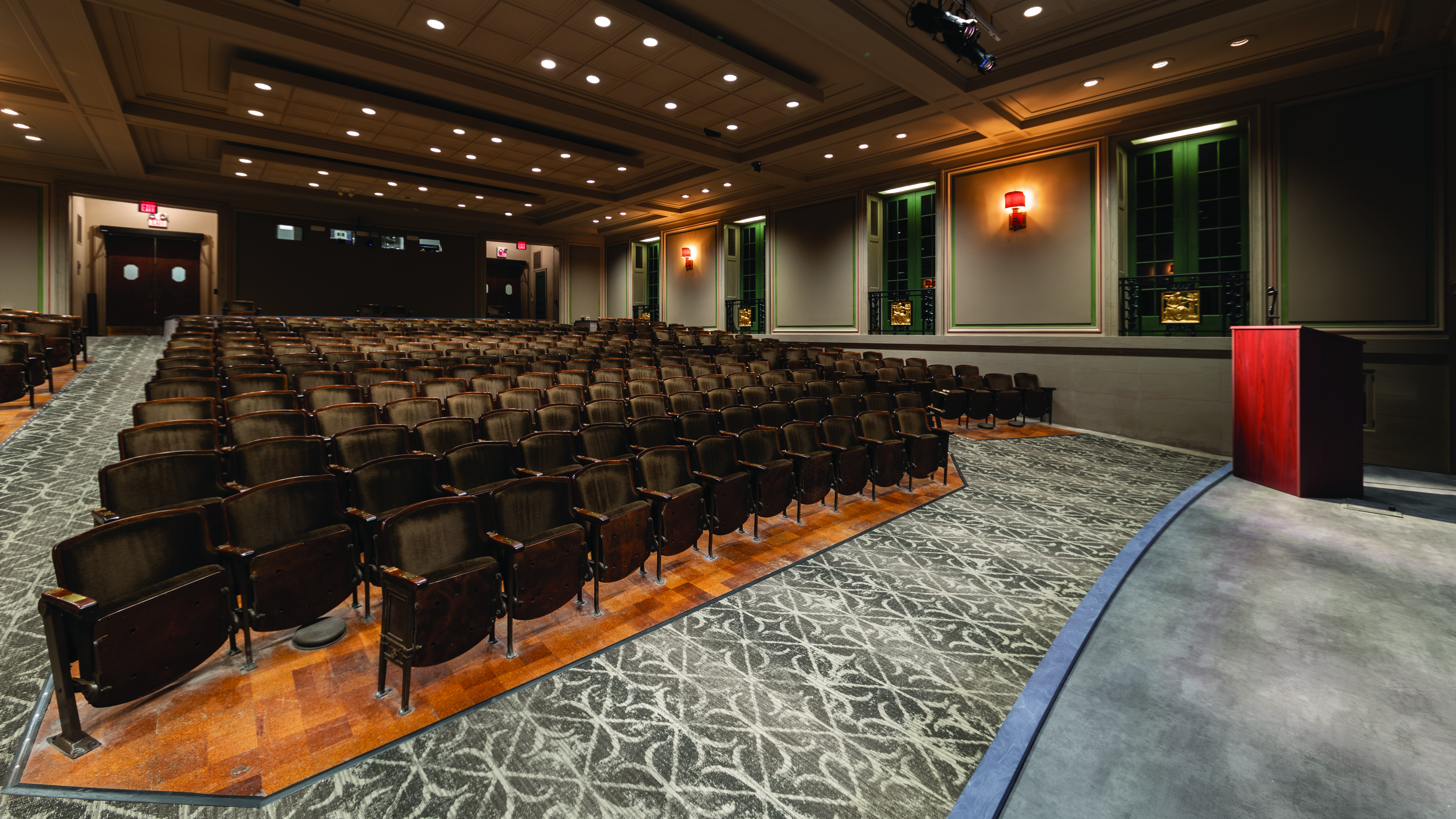
In the second year of the initiative, the DIA focused on accessible interpretation and programs for blind, d/Deaf, and hard-of-hearing audiences; developing training programs to help staff welcome people with disabilities; and improving building safety and access for people with disabilities through investments and upgrades. However, these projects were paused in March 2020 due to the COVID-19 pandemic.
Despite the challenges of the pandemic, the access team adapted by focusing on virtual programs, digital solutions, and ongoing accessibility efforts. One person facilitated a virtual program with a deaf magnet middle school, utilizing reallocated project funds for a virtual program with a deaf artist. Docents and DEAF C.A.N.! collaborated to create ASL-interpreted online art talks for DEAF C.A.N.!’s Facebook page. Others prototyped digital versions of large-print labels. The DIA’s Visual Media team experimented with open and closed captioning generated both in house and by outside vendors. A small team of people interested in visual description informally worked together to develop draft standards for describing artworks, which eventually grew into a training opportunity and a larger team that still meets to write descriptions.
In the third year of the initiative, the DIA completed major capital improvements in response to the 2019 building audit, including accessibility upgrades to the DIA’s Lecture Hall. Upon reopening post-COVID, programming staff began coordinating ASL requests in partnership with DEAF C.A.N.! and now offer ASL interpretation for some family programs without request. The Inclusion, Diversity, Equity, and Access (IDEA) and Learning and Development teams held disability-focused training for all staff.
Recognizing the importance of this work, DIA leadership established a full-time accessibility position in 2024 to formalize and advance these efforts. This role focuses on codifying the work already being done; identifying areas for improvement or where initiatives need to be developed; and, in collaboration with team members across the organization, creating a new multiyear accessibility plan with recommendations for museum leadership.
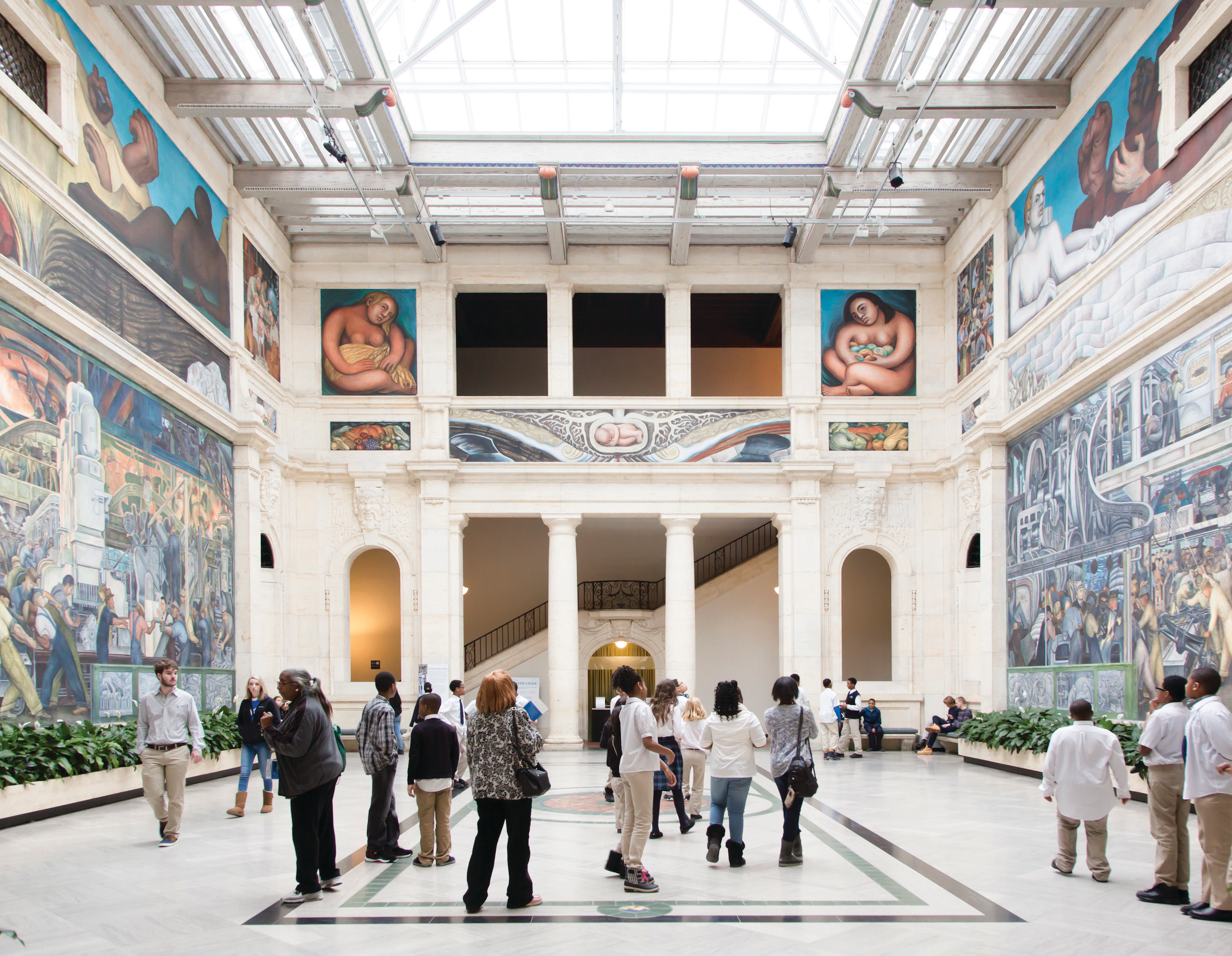
DIA staff have identified opportunities to enhance its communications, the accommodations request process for visitors, staff training, staff awareness of the institution’s accessible offerings, and accessibility of its exhibitions. These insights will shape how the DIA better serves disabled visitors going forward.
What Can Your Institution Do?
Every institution starts from a different place on its accessibility journey. But the core question remains: How can your museum tackle accessibility challenges and scale its efforts effectively? Following are some insights we’ve gained in our work at the DIA and past experiences.
Make accessibility requests seamless. As a crucial first step, make it easy for visitors to request accommodations. Integrating accommodation requests into your program registration process can be transformative. This will help your organization better understand audience needs and track requests to identify funding opportunities. But, most importantly, it will be much easier for visitors to request accommodations, increasing the likelihood that they visit your institution and attend your events.
Improve communication. Letting visitors with disabilities know what your museum offers for them is essential. This can include creating a social story or social narrative for a general museum visit or event(a short description of what to expect and why), ensuring your website complies with Web Content Accessibility Guidelines, developing a dedicated accessibility web page that details accommodations, and conducting a signage audit. These measures can help your visitors with disabilities manage every stage of their visit from planning to parking to enjoying your exhibitions.
Focus on staff training. Partner with local disability organizations for the most impactful staff training. While researching best practices is important, hearing firsthand accounts from community members about their experiences in museums is invaluable.
Create accessible programming. Establish a Disability Advisory Committee, and in collaboration with the disability community, provide targeted training to departments to make existing programs more accessible. The disability community mantra “nothing about us without us” is central to this process. You can’t know what’s best for a community you don’t belong to, so engage them at every stage.
Market your work. If your institution has not actively engaged your disability community, they will not be coming to your museum or looking on your website and social media for new offerings. Consider a quarterly email to your local disability organizations with a list of upcoming accessible programs and any new accessible features at your museum.
Build accessible exhibitions. Accessible exhibitions ensure that all visitors, including those with disabilities, can enjoy your collections. The ADA provides guidelines that can help with case placement, object display, label design, and alternative methods for presenting information. The Smithsonian Guidelines for Accessible Exhibition Design is another good resource. (See Resources on p. 24.)
These changes won’t happen overnight, but it’s important to dream big. Many museums have yet to implement comprehensive accessibility training, information sharing, accommodations for programming, or exhibition accessibility—these foundational steps are essential for creating an accessible institution. Institutions that create an environment of continuous learning and improvement set a strong foundation for future exploration of more nuanced accessibility topics.
Exploring what it means to make our institutions accessible to all is time well spent. Culture, nature, and art are fundamental human rights. By making them accessible, we empower people to connect with their humanity.
Megan DiRienzo is Interpretive Planner, Division of Learning & Audience Engagement, and Nicole Smith is an Accessibility Specialist at the Detroit Institute of Arts in Michigan. The authors are grateful to the 40-plus DIA staff and volunteers, past and present, who have championed accessibility work and/or were part of the original access team. Reach Nicole at Nsmith@dia.org.
Resources
Web Content Accessibility Guidelines
Smithsonian Guidelines for Accessible Exhibition Design
ADA Checklist for Existing Facilities



